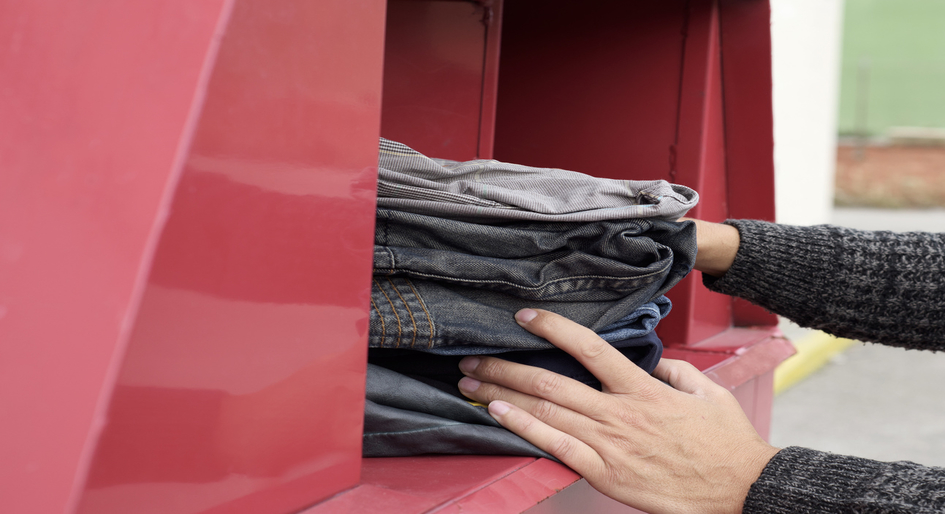At least five municipalities in British Columbia are taking immediate steps to have bins for collecting donated clothing sealed or removed from publicly accessible locations following a recent spate of fatal mishaps in cities across Canada. That includes Toronto, where Mayor John Tory is asking that a review already planned for 2019 be moved forward on city staff’s work schedule.
His plea came soon after a woman died from injuries caused when she was caught in a clothing bin. “The City of Toronto does license clothing drop boxes — all clothing drop boxes placed on private or public property must display a permit — so I believe we must take action now,” Tory submitted in a letter to the city’s licensing committee earlier this month.
Commercial property owners who host such bins could run afoul of their province’s Occupiers Liability Act or Occupational Health and Safety Act should an incident occur. Diligence is advised regardless of whether local ordinances are imposed.
“If you’ve got these bins on your property and now everybody is aware they pose a hazard, you have an obligation to take reasonable steps to protect your workers or others who come onto your property,” says David Reiter, a partner and litigation lawyer with Aird & Berlis LLP. “Make sure that known hazards are addressed in some way.”
In a motion unanimously endorsed earlier this week, Vancouver Council instigated the removal of clothing donation bins from all city-owned property, while urging private property owners to follow suit. The motion opens possibilities for further restrictions, such as a bylaw to prohibit the bins on private property, along with leeway to reinstate receptacles that can be “made safe, with consideration given to bin designs that also avoid strewing refuse”. Multi-residential buildings are identified as potential future test sites for those theoretical bins.
Burnaby, Delta, Richmond and West Vancouver have also recently introduced measures to control bins and address safety issues. Some sponsoring charitable organizations have likewise been proactive.
“Working with our Canadian-based clothing bin manufacturer using their technical guidance and/or parts, approximately 4,000 Diabetes Canada clothing donation bins across Canada, including those in the city of Toronto, have already been or are in the process of being retrofitted or modified in an effort to prevent injury or death to those misusing or trying to gain entry to our clothing bins,” Simon Langer, the organization’s national manager, government and strategic partnerships, wrote in a letter to Toronto’s licensing committee. “All modifications are expected to be complete by January 18, 2019.”
Toronto’s licensing committee has agreed with Mayor Tory that an earlier review of the city’s donation bins is warranted. If the full City Council agrees at its meeting later this month, a report is to be delivered in May, approximately four months ahead of the original work schedule. Staff has been instructed to address: how the bins might be made safer; the rules guiding where they are located; enforcement to ensure they have required permits; and alternative options for collecting clothing.
“Recognizing that many of these boxes help charities and help reuse clothing rather than these items being tossed in landfills, is this the best way to collect clothing in 2019,” Tory asks.
Langer notes that accidents and deaths remain rare, while Diabetes Canada’s program collects about 100 million pounds of clothing and household items that might otherwise go into landfill every year. Still, the harsh realities of insufficient housing and Canada’s winter climate may make donation bins unduly tempting as a supply of warmer garments and/or refuge from the open air. The chain of potential responsibility for mishaps could stretch far.
“The building/property owner may have some sort of an indemnification arrangement in place with the bin owner and the bin owner may have some form of indemnification arrangement in place with the bin manufacturer, but everyone is likely to be named in a civil suit,” speculates Joe Hoffer, a partner with Cohen Highley LLP, specializing in residential tenancy, real estate and land use planning law. “The plaintiff’s lawyer would likely name every potential insured defendant with any connection to the bin.”
Barbara Carss is editor-in-chief of Canadian Property Management.








